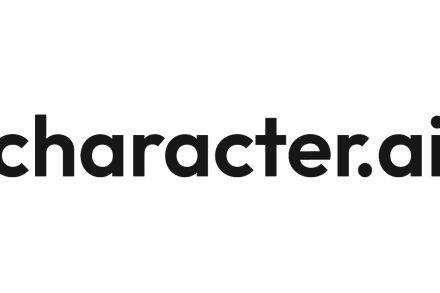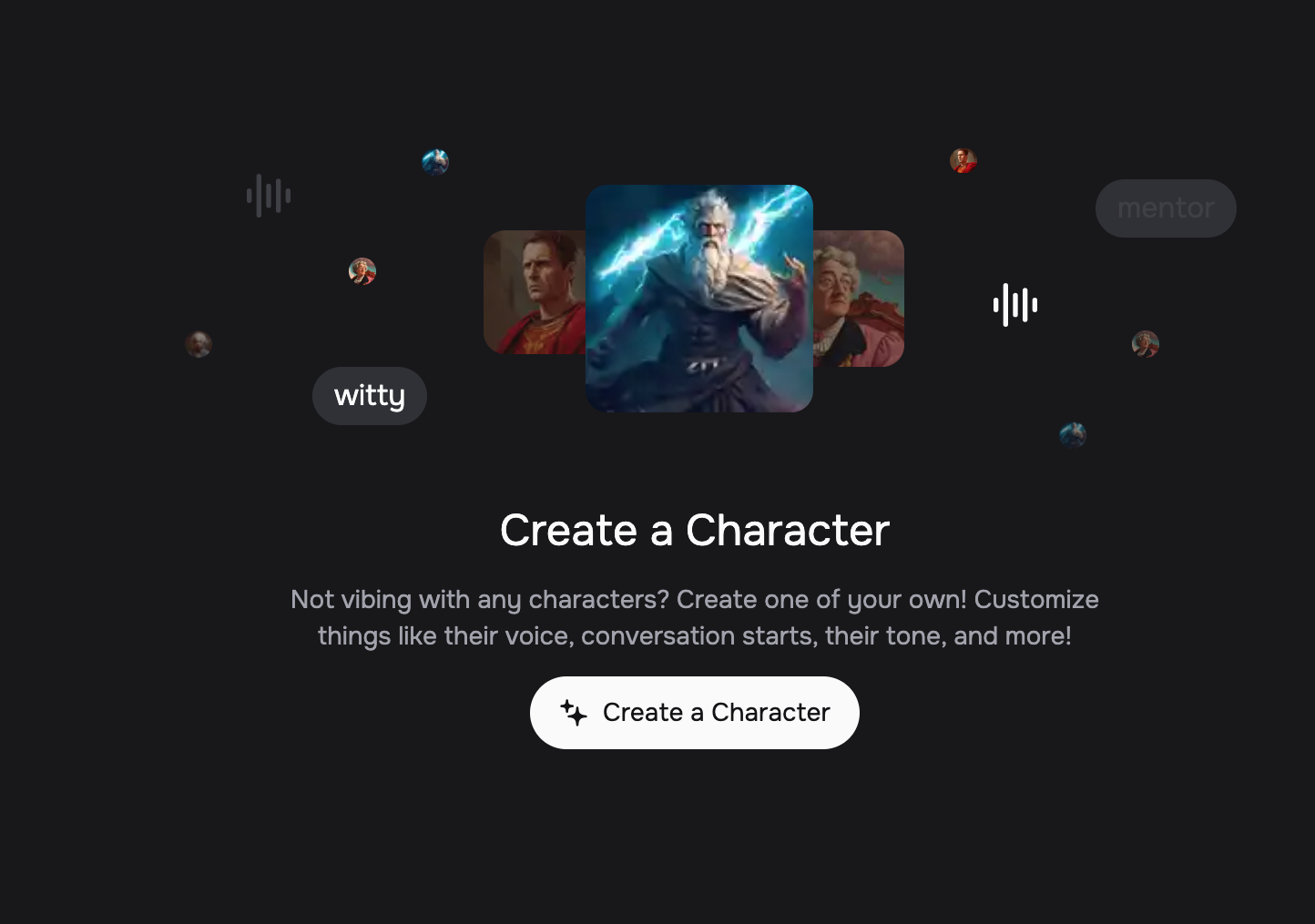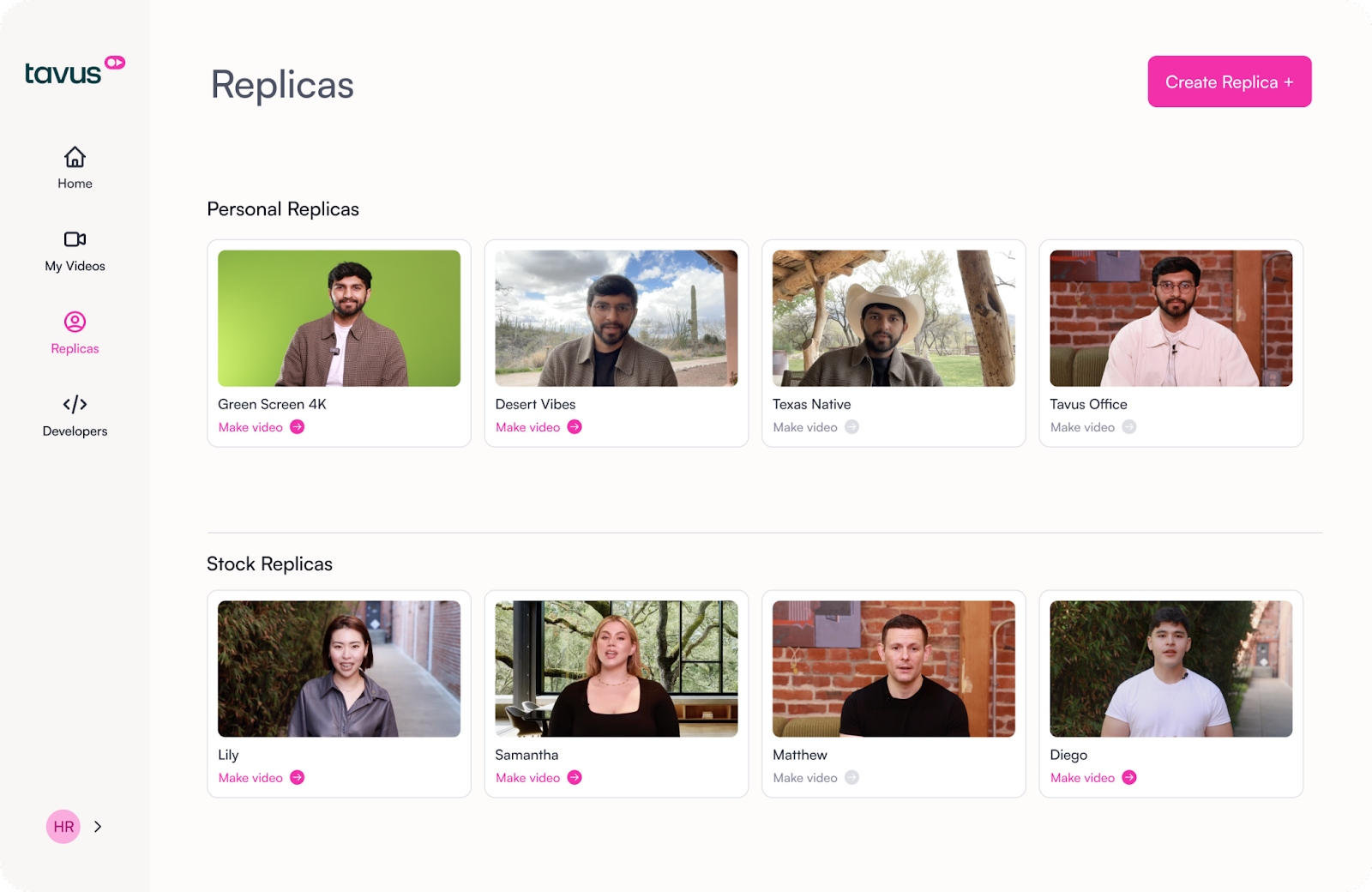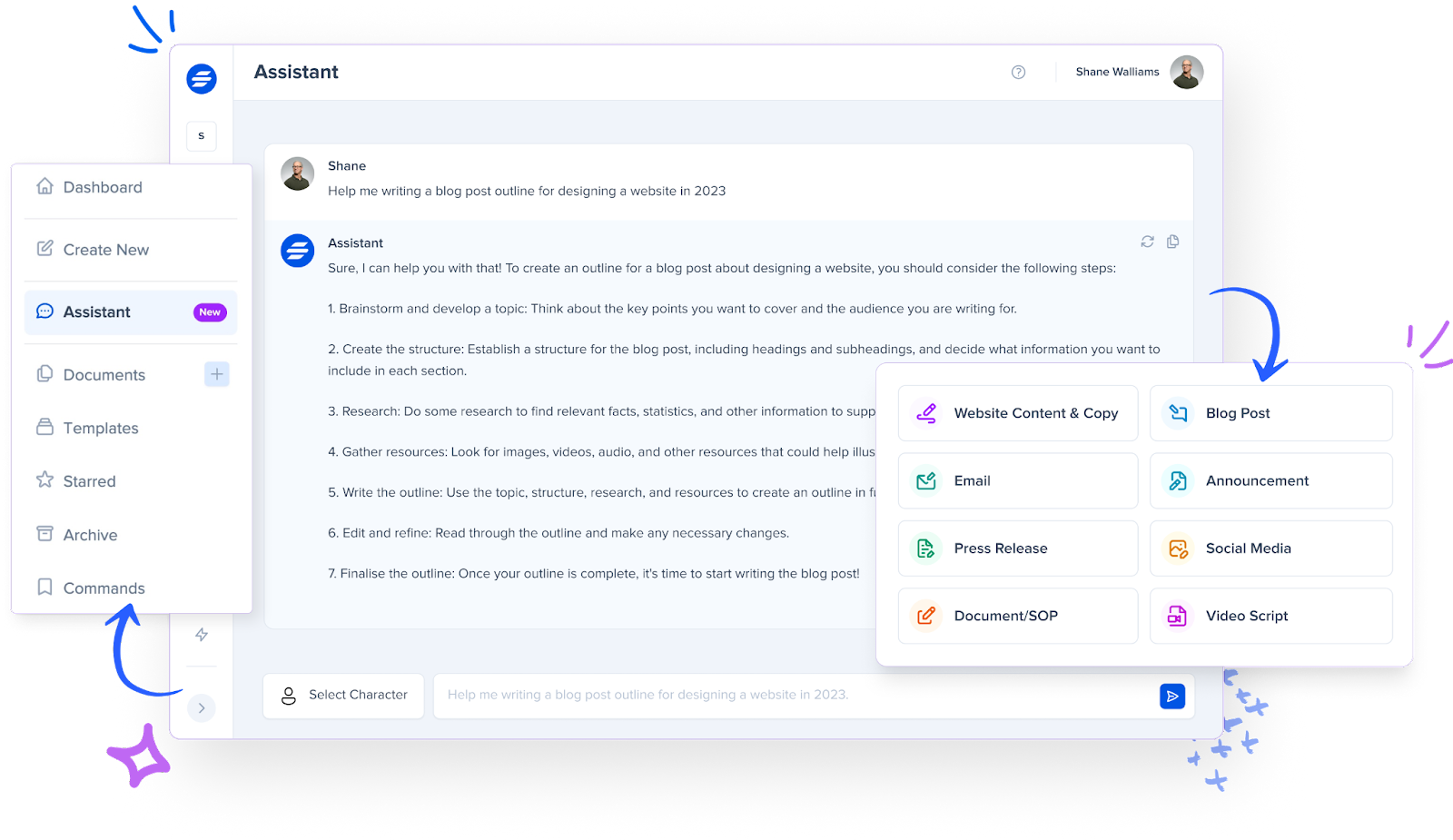All Posts
Character AI API Review & Alternatives [2025]


Advancements in AI technology have led to tools like Character AI, enabling complex conversations with AI. This development marks a significant leap in AI's ability to mimic human-like interactions, offering developers and individuals alike unprecedented access to digital companionship and assistance.
However, depending on specific needs, some may seek alternative AI tools that align more closely with their goals. By reviewing Character AI's offerings, we can determine its strengths and potential drawbacks, guiding us to consider whether alternative solutions might better serve our unique objectives in the realm of AI integrations.
Character AI is a platform using a neural language model to simulate conversations with characters, fictional or based on real individuals. It allows for the creation of characters by users for interactive chats.
The individual users of the platform create the AI-generated avatar characters. It’s important to note that this is for entertainment purposes only since the characters can get information wrong.
Character AI is used for engaging with characters for entertainment, educational purposes, or creative exploration. Users can have both individual and group chats with characters for an immersive experience.
Character AI does not have an official API currently. However, there are unofficial APIs available that allow interaction with Character AI from your own code or applications.
Is Character AI right for you? Let’s take a look at how it works and if it suits your creative needs.

Character AI functions through a neural language model that reads extensive text data to generate conversational responses. Here's a simplified process:


Character AI's use cases extend across entertainment, allowing users to interact with characters from history, fiction, or their own imagination, for a unique entertainment experience. It also serves educational purposes, offering an interactive platform for learning through dialogue with these characters.
The platform can also aid in creative writing, providing writers with a tool to flesh out character dialogues and narratives.
Given Character AI's lack of an official API, finding alternatives can be incredibly important for developers and businesses seeking to integrate advanced AI conversational capabilities into their workflow. Exploring the best AI software alternatives reveals varied functionalities that might better fit specific technical needs or project goals, ensuring smooth implementation without compromising on quality.
Let's take a look at the best API software alternatives:

Tavus is the real-time human computing platform for building AI humans. With the Conversational Video Interface (CVI), developers embed face-to-face, emotionally intelligent conversations into any app. CVI sees, hears, and responds in real time—reading tone, facial expressions, and context—so interactions feel natural instead of scripted.
Powered by Tavus human simulation models—Phoenix‑3 for full‑face, photorealistic rendering; Raven‑0 for perception; and Sparrow‑0 for intelligent turn‑taking—your AI humans show up on screen with lifelike presence. Beyond live conversation, Tavus also supports high‑quality video generation when you need scripted content.
Developers can white‑label the experience and integrate via API with just a few lines of code.

Features:

The OpenAI API provides access to OpenAI's machine learning models. It offers a general-purpose "text in, text out" interface, suitable for various English language tasks, and enables users to try it on virtually any task by submitting a text prompt and receiving a text completion in return.
This API facilitates a range of use cases from chatbots and virtual assistants to sentiment analysis and image recognition.

Features:

SureWriter is an AI-powered content generation tool that provides personalized assistance for creating content that matches the user's tone, language, and style. It offers customizable AI tools and features such as a personalized chat assistant, built-in command prompts for content creation, and collaboration tools for team projects.
This platform is designed to aid content creation processes to produce content at scale.

Features:

The Gemini API, formerly known as Bard, offers access to Google's latest generative AI models, capable of accepting both text and images in prompts to generate text responses. This opens up possibilities for content creation, data analysis, and problem-solving across various applications.
The API features multimodal capabilities, supporting different input types and providing detailed model information for developers to use in their applications.

Features:
Here are a few more questions to consider when thinking about Character AI:
Yes, there is a Character AI app available for both iOS and Android devices.
Character AI is generally considered safe to use. However, users should keep in mind that the characters can generate false information.
Character AI requires users to sign up but is currently free, with no direct monetization. The platform mentions the possibility of ads in the future.
Given Character AI's API limitations, exploring alternatives is important for developers seeking more advanced integrations. Tavus is the superior alternative, offering a real-time Conversational Video Interface (API) to power humanlike, face‑to‑face conversations—and, when needed, to generate personalized video content.
Tavus’ CVI lets you embed AI humans that see, hear, and respond in real time, enhanced by perception, natural turn‑taking, a fast Knowledge Base, and persistent Memories. This capacity for customization helps teams craft more engaging experiences, strengthen communication, and unlock new ways to connect across platforms.